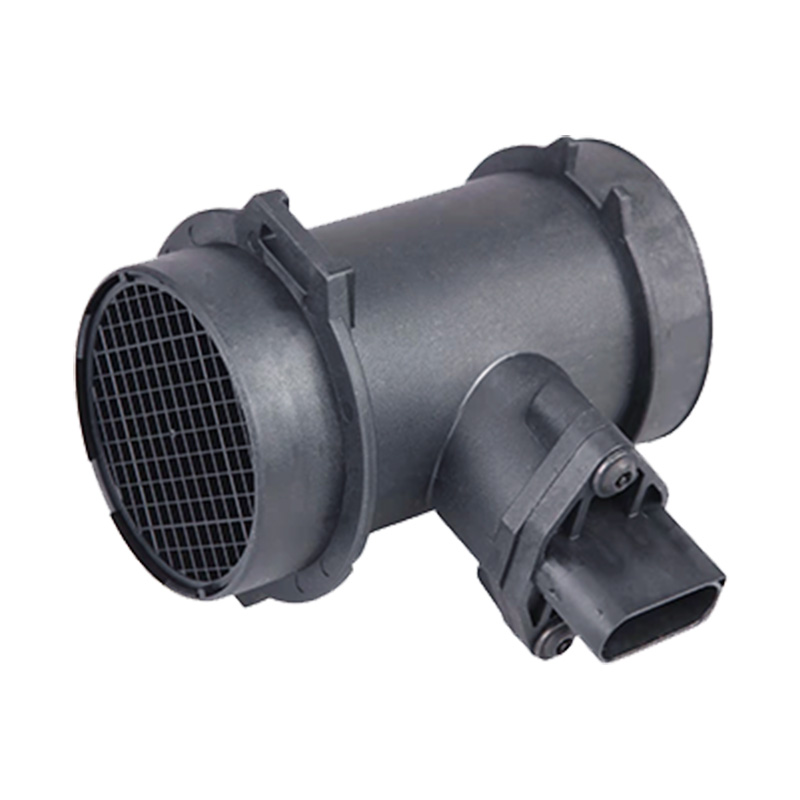OEM.NO: 0280 218 429 0280 218 430
See DetailsComparing Different Types of Airflow Sensors
OEM airflow sensor maker in China
In modern vehicles, the airflow sensor plays a crucial role. It measures the amount of air entering the engine, ensuring that the fuel injection system can adjust the fuel quantity precisely to achieve suitable combustion. With technological advancements, various types of airflow sensors have emerged, including vane, hot wire, and Karman vortex. Each type has its unique advantages and disadvantages, suitable for different vehicle models and driving conditions. This article will delve into the characteristics of these three types of airflow sensors, helping you better understand their differences.
Vane Airflow Sensor
Working Principle
The vane airflow sensor uses a movable vane to measure air flow. When air passes through the sensor, the vane moves in response to the air flow intensity, and this displacement is converted into an electrical signal sent to the ECU (Engine Control Unit).
Advantages
Direct Measurement: It directly measures air flow, providing accurate and reliable data.
Lower Cost: Compared to other types of airflow sensors, vane sensors are less expensive, making them suitable for budget-conscious models.
Easy Maintenance: The simple structure makes it easy to clean and replace.
Disadvantages
Slow Response Time: Due to the physical movement of the vane, the response time is relatively slow, making it unsuitable for high-performance vehicles.
Prone to Contamination: The vane can be affected by dust and dirt, causing measurement errors.
Larger Size: It occupies more space, making installation in compact areas challenging.
Suitable Vehicle Models
Vane airflow sensors are typically used in economy cars, small SUVs, and other models where cost sensitivity and performance requirements are lower.
Hot Wire Airflow Sensor
Working Principle
The hot wire airflow sensor measures air flow by heating a fine metal wire and detecting changes in its temperature. As air flows over the wire, it carries away some heat, causing the wire's resistance to change, which is then converted into an electrical signal sent to the ECU.
Advantages
Fast Response Time: The hot wire sensor responds very quickly, completing measurements in just a few milliseconds, making it ideal for high-performance vehicles.
High Precision: It provides highly accurate measurements, optimizing engine performance.
Compact Size: The compact design takes up minimal space, making it easy to install in various vehicle models.
Disadvantages
Higher Cost: Compared to vane sensors, hot wire sensors are more expensive.
Fragile: The metal wire is delicate and can be easily damaged by impacts or high temperatures.
Sensitive to Environment: It is more sensitive to humidity and temperature changes, which can affect measurement accuracy.
Suitable Vehicle Models
Hot wire airflow sensors are widely used in high-performance cars, sports cars, and luxury SUVs where engine performance is a top priority.
Karman Vortex Airflow Sensor
Working Principle
The Karman vortex airflow sensor measures air flow by detecting the frequency of vortices generated as air passes over an obstacle. The vortex frequency is proportional to the air flow rate, and this frequency is measured to calculate the air flow.
Advantages
No Mechanical Wear: The lack of moving parts ensures a long lifespan and low maintenance costs.
Resistant to Contamination: It is less affected by dust and dirt, making it suitable for harsh environments.
Stable Performance: It maintains high measurement accuracy across a wide range of temperatures and humidity levels.
Disadvantages
Higher Cost: The complex technology results in higher production costs.
High Installation Requirements: Precise installation position and orientation are necessary to ensure accurate measurements.
Moderate Response Time: While faster than vane sensors, it is not as quick as hot wire sensors.
Suitable Vehicle Models
Karman vortex airflow sensors are commonly used in commercial vehicles, trucks, and special-purpose vehicles that require long-term stable operation in harsh conditions.
Conclusion
Choosing the right airflow sensor depends on the vehicle type, purpose, and factors such as cost, performance, and maintenance. Vane airflow sensors are suitable for economy models, hot wire airflow sensors for high-performance models, and Karman vortex airflow sensors for commercial and special-purpose vehicles. Understanding the characteristics of these different types of airflow sensors can help you make a more informed decision, ensuring good vehicle performance and reliability.
By comparing these types, we see that each airflow sensor has its unique strengths and limitations. When selecting an airflow sensor, consider the specific needs and operating environment of the vehicle to ensure a reasonable and economical choice. We hope this article helps you choose the right airflow sensor with confidence.





